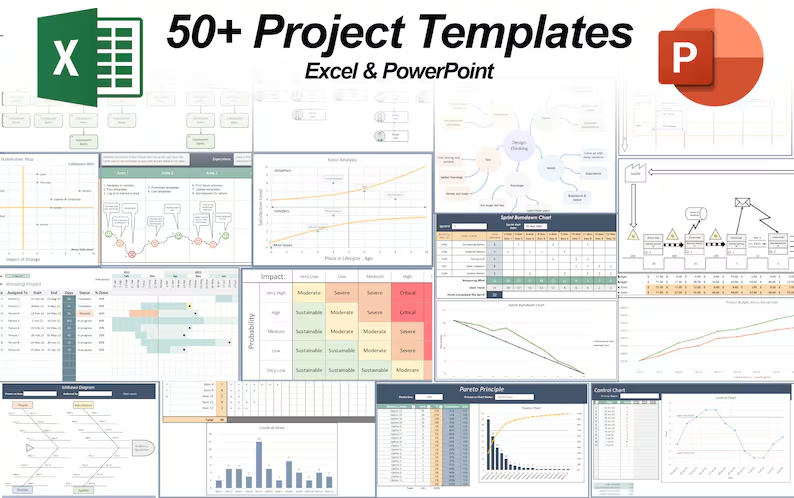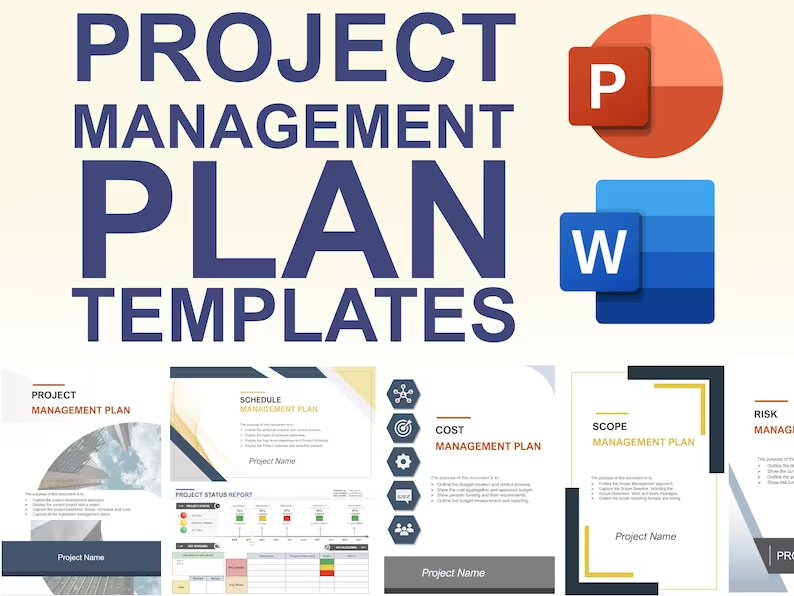Click the video above to view
Unlock Your Exam Success: 3 Powerful Psychology Tricks (Plus 2 Bonus Tips!)
Have you ever wondered why some people seem to pass their exams effortlessly, even with minimal studying, while others struggle despite knowing all the material? The secret lies in psychology. Let’s dive into three powerful psychology tricks, inspired by Tony Robbins, to help you pass any exam. Plus, I’ll share two bonus tips that can make a huge difference in your success.
The 3 S’s for Exam Success
1. Strategy: Knowing What to Do
It may not seem like a psychology tip, but strategy is foundational. Whether you’re studying for an exam, losing weight, or pursuing a new job, the “what to do” is readily available. You can search online, take courses, and gather information. Having a clear plan influences your mindset and actions, setting the stage for success.
For your exam, I recommend taking Practice Exams – as many as possible – and reviewing where you went wrong. This way you will know when you are ready, or when you need to study more.
2. Story: The Narrative You Tell Yourself
What do you say to yourself when no one else is around?
Positive Story: “I’m great at taking tests. I stay calm, and time flies by.”
Negative Story: “I’m terrible at tests. I get nervous and always fail, even when I know the material.”
The story you believe becomes your reality, because your brain starts collecting evidence to support your narrative. A positive story boosts your confidence and encourages consistent effort, while a negative one sabotages your progress. Start telling yourself empowering stories and repeat affirmations like, “I’m capable of passing this exam.” Over time, your mindset will shift, and your actions will follow.
3. State: Your Energy and Emotional State
Your emotional state can make or break your performance. Are you pumped up and ready to conquer your exam? Or are you drained and doubting yourself?
One quick way to change your state is through physiology. Stand tall, smile, and even try a “power pose” for 30 seconds — this can boost confidence and energy. Your physical state directly influences your mental state, so use this to your advantage.
Bonus Tips for Exam Mastery
4. Massive Action Plan: Daily Habits and Practice
Success isn’t just about mindset — it requires action. Every student I’ve helped pass their exams developed a daily study habit. They took practice exams, measured their progress, and made studying a consistent routine. A structured plan, combined with the right psychology, creates unstoppable momentum.
5. Net Time (No Extra Time): Study Anytime, Anywhere
Struggling to find time? Use “Net Time” to study during moments that would otherwise go to waste. Listen to recordings during your commute, review flashcards on your lunch break, or watch videos while exercising. By doubling up activities, you reclaim valuable hours and stay on track.
You Can Do It
Combining these psychology tools with consistent action will transform your exam preparation. Remember, you are capable of success. I believe in you — now it’s time for you to believe in yourself.
Go crush that exam!
See more PMP articles:
- How to Quickly Earn PDUs for PMI-PMP Certification Renewal
- CAPM versus PMP – What Are They and Which Should You Choose?
- How to Pass the PMP – with NO STUDY?
- The PMP Cheat Sheet – Are You Ready for the Exam?
- Is the PMP Still Worth it in 2024?
- Get David McLachlan’s Udemy Courses for $14.99 During March 2025
- The Secret History of Agile: From Japan to America
You can see what people are saying about David McLachlan here: REVIEWS
Navigate to Free Project Management and Leadership Articles through the links on the right (or at the bottom if on Mobile)


















 Mastering Stakeholder Management: 6 Essential Tools for Your Project
Mastering Stakeholder Management: 6 Essential Tools for Your Project





 6 Things to Avoid When Answering PMP Exam Questions
6 Things to Avoid When Answering PMP Exam Questions











 Is the PMP Worth It?
Is the PMP Worth It? A Look at the New Project Management Guide (PMBOK 8th Edition Draft)
A Look at the New Project Management Guide (PMBOK 8th Edition Draft)